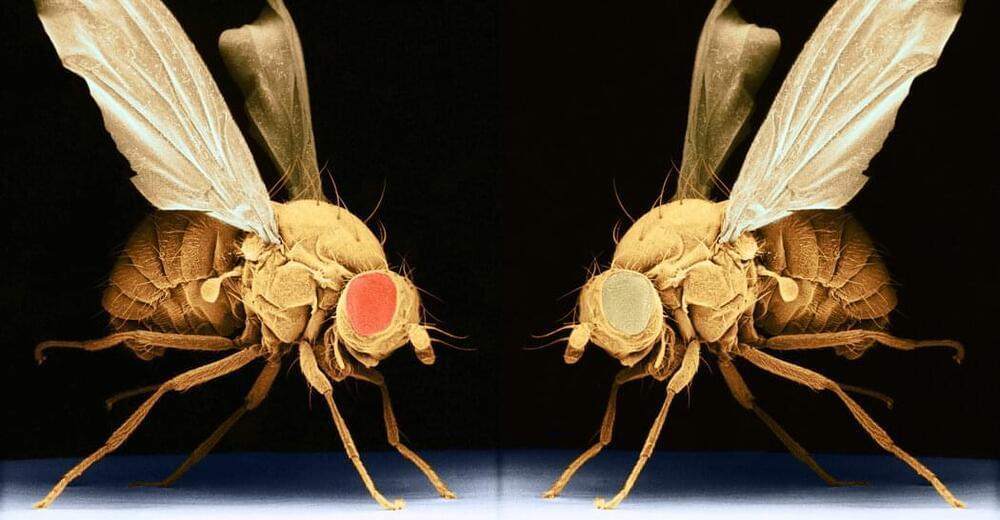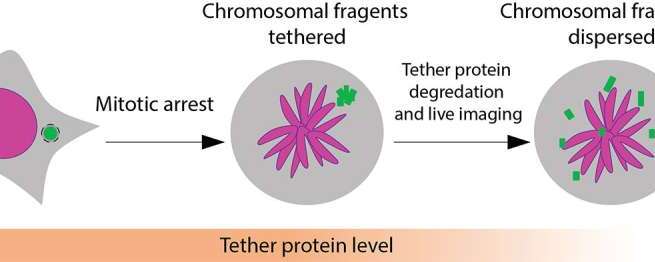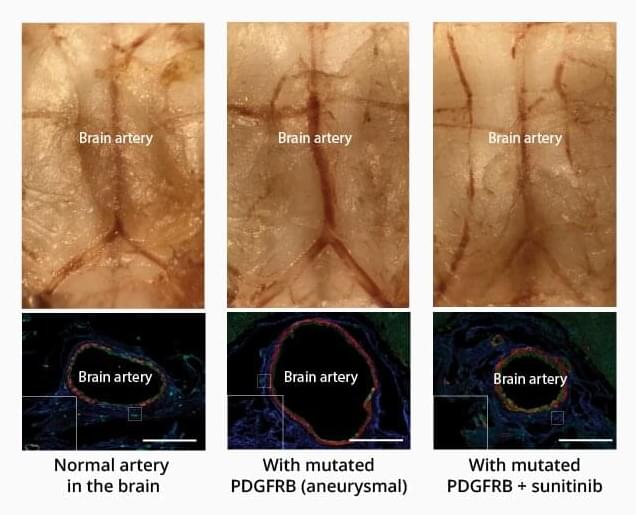Jun 16, 2023
Regenerating bone with deer antler stem cells
Posted by Omuterema Akhahenda in categories: biotech/medical, life extension, neuroscience
Scientists from a collection of Chinese research institutions collaborated on a study of organ regeneration in mammals, finding deer antler blastema progenitor cells are a possible source of conserved regeneration cells in higher vertebrates. Published in the journal Science, the researchers suggest the findings have applications in clinical bone repair. With the activation of key characteristic genes, it could potentially be used in regenerative medicine for skeletal, long bone or limb regeneration.
Limb and organ regeneration is a long coveted technology in medical science. Humans have some limited regenerative abilities, mostly in our livers. If a portion of the liver is removed, the remaining liver will begin to grow until it reaches its original functional size. Lungs, kidneys, and pancreas can do this also, though not as thoroughly or efficiently.
Continue reading “Regenerating bone with deer antler stem cells” »

















